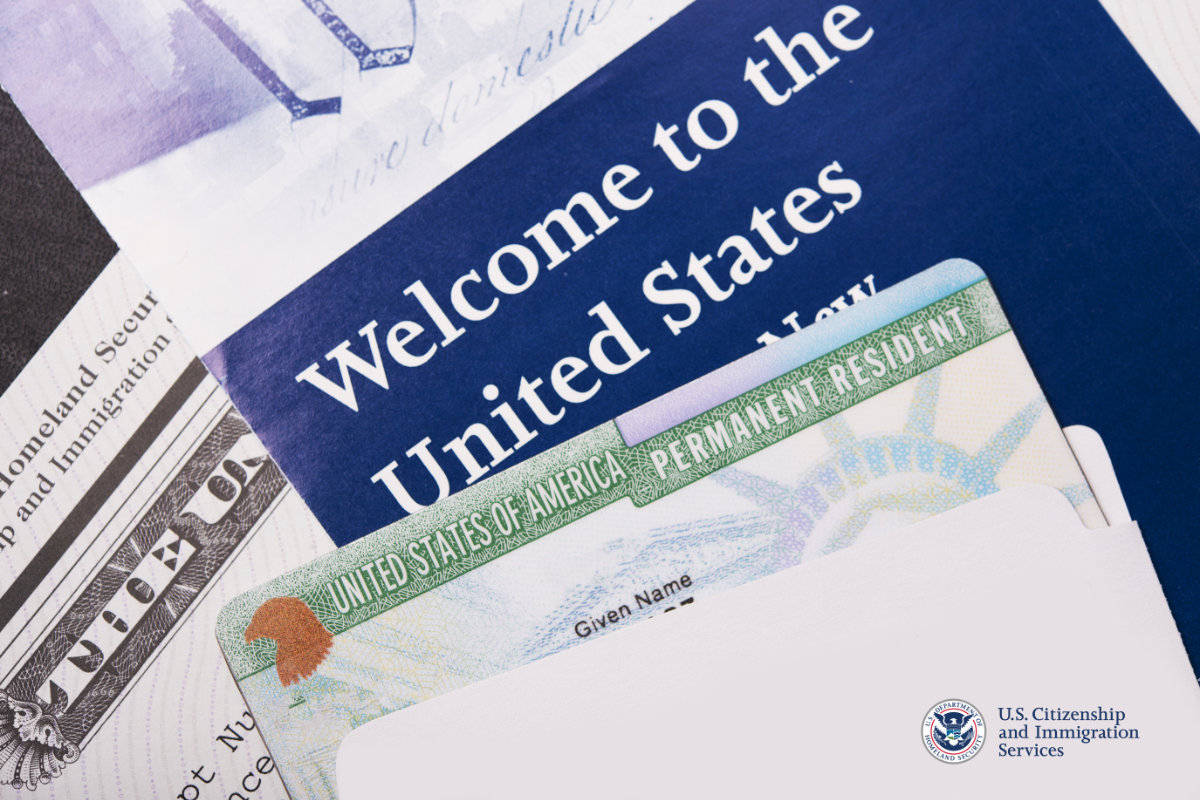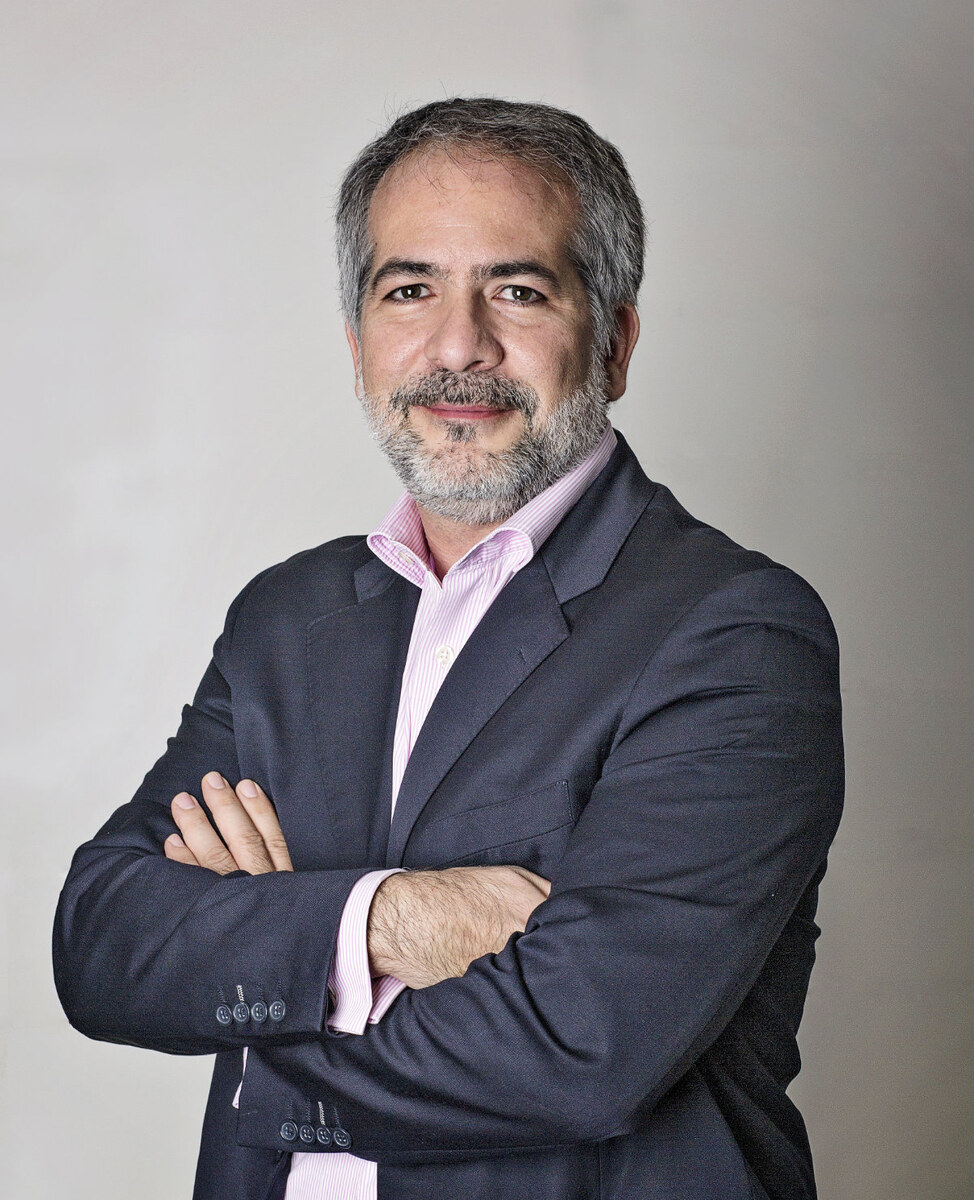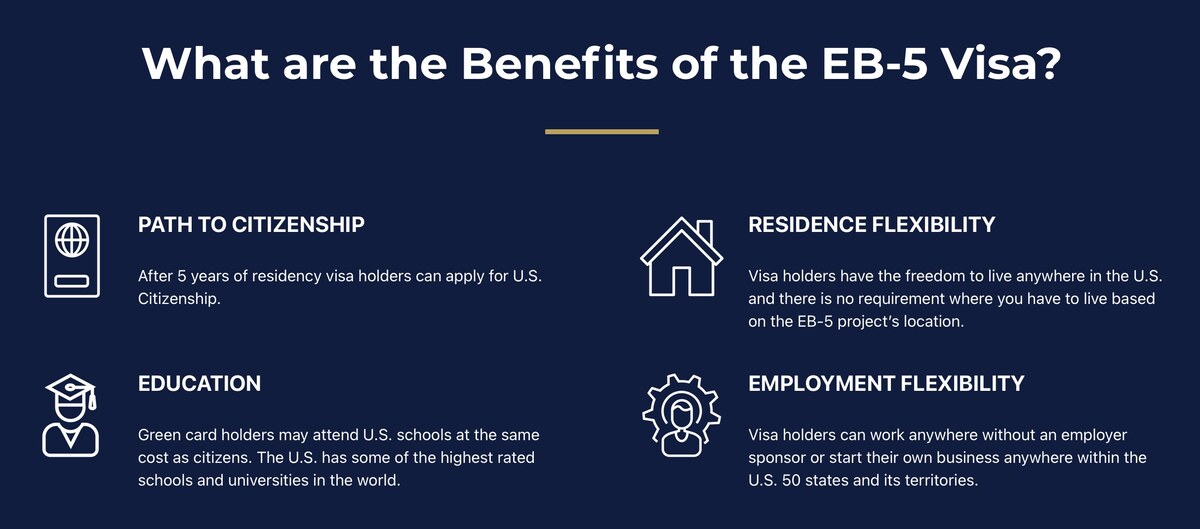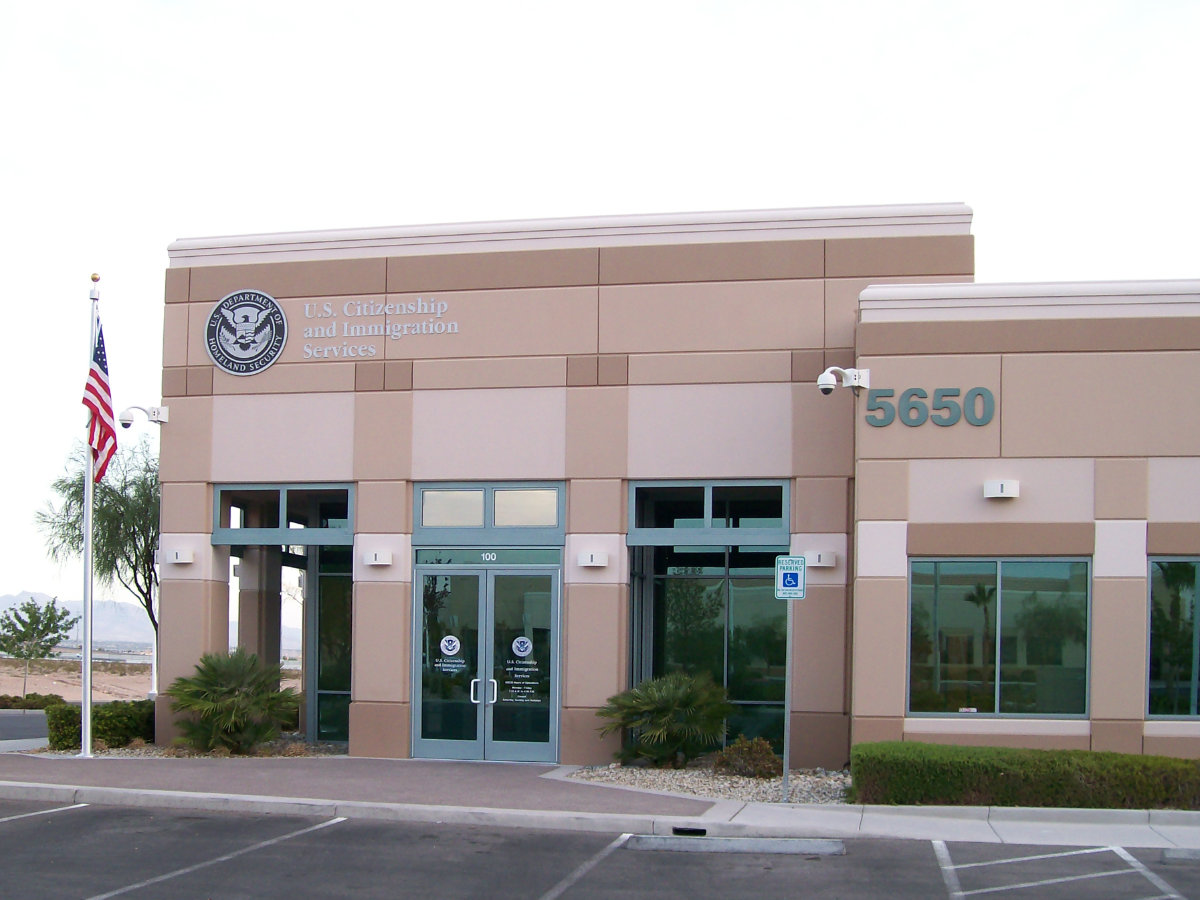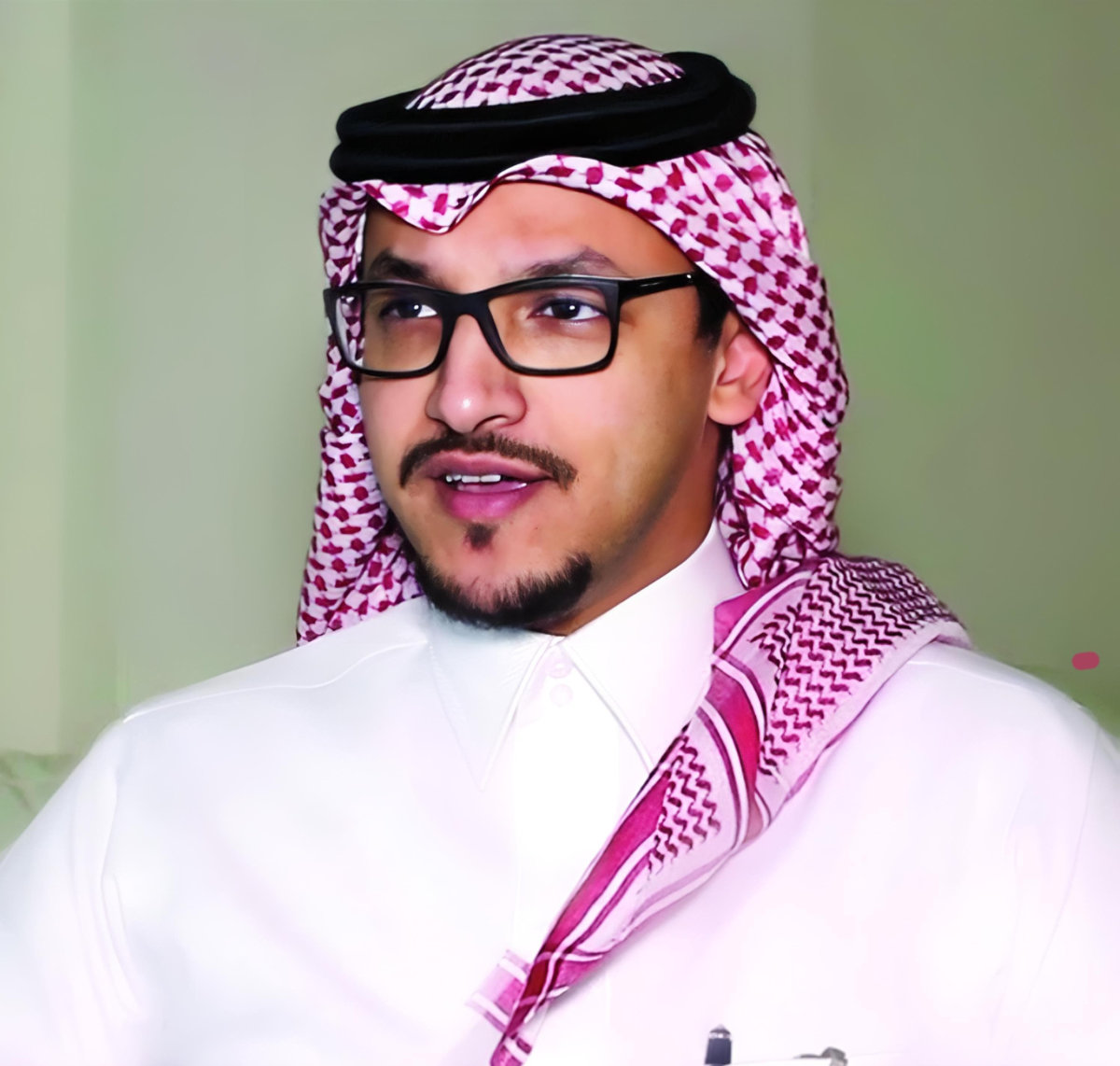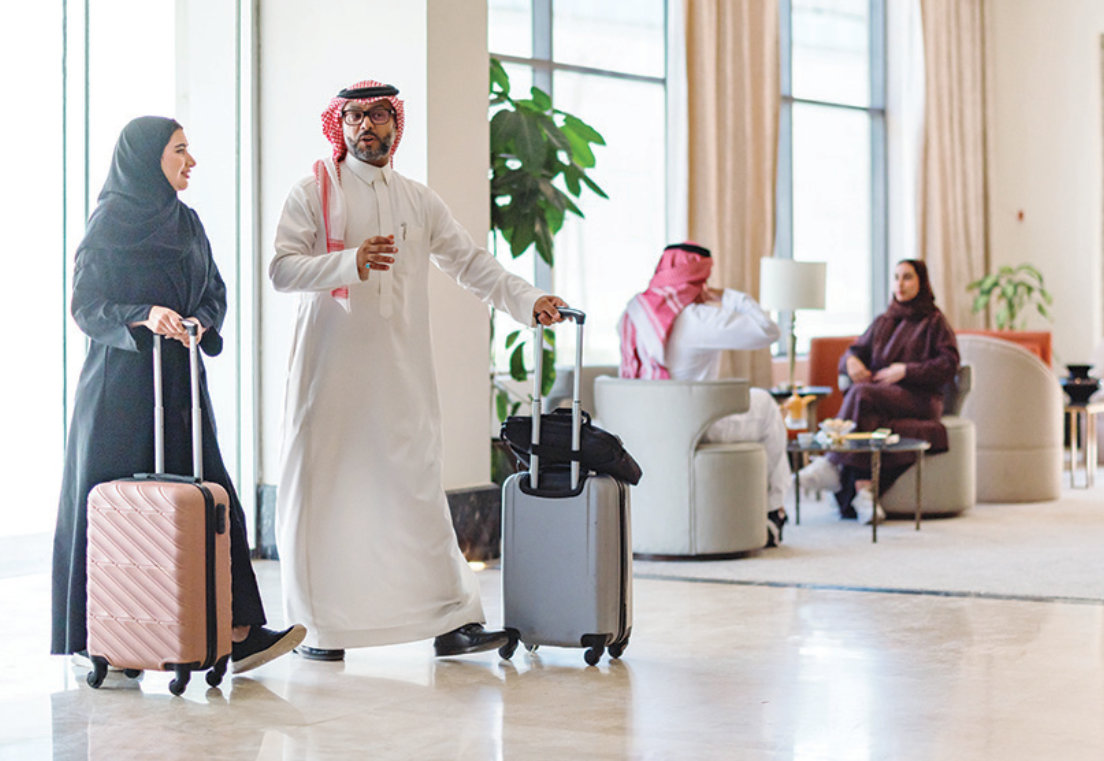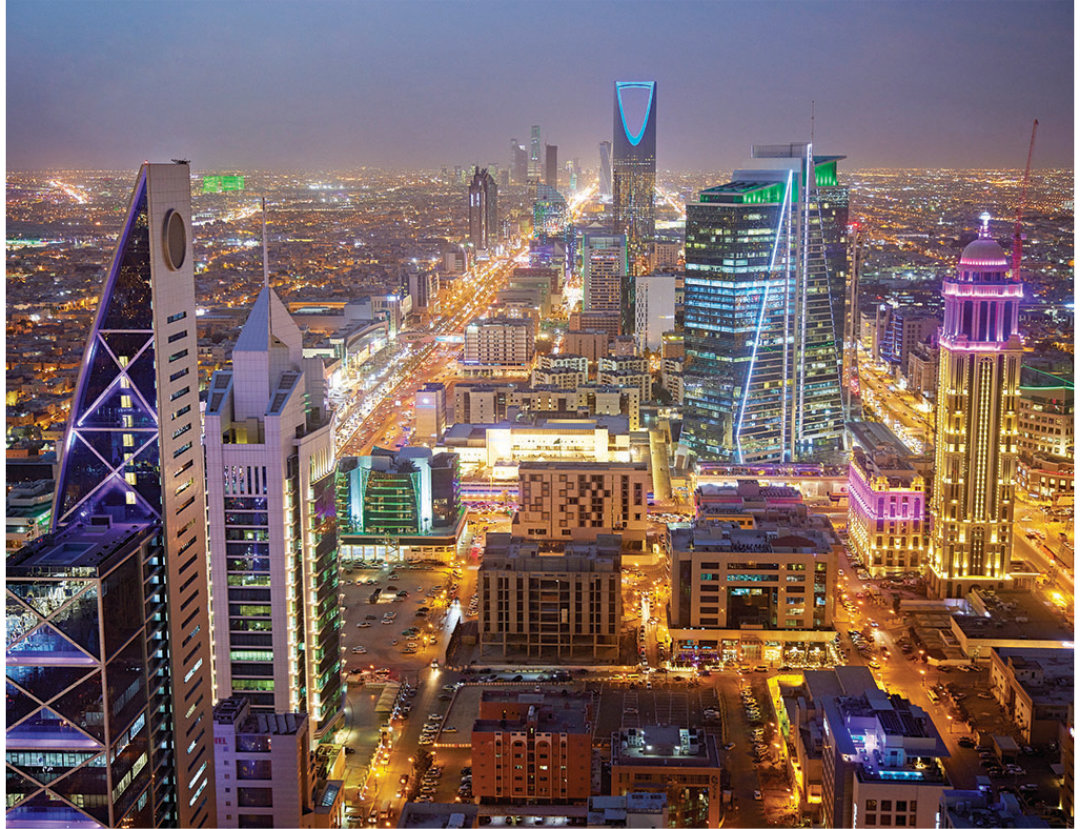RIYADH: The liquidity of Saudi Arabia’s debt market surged to SR2.5 billion ($665.9 million) in 2023, a significant increase from SR800 million in 2019, according to Mohammed El-Kuwaiz, chairman of the Capital Market Authority.
El-Kuwaiz made these remarks during a panel session at the Derivative Market and Derivatives Forum 2024 in Riyadh.
He said this growth reflects the sector’s expansion and its progress toward aligning with the scale of comparable global economies.
“Regarding liquidity, in 2019, the annual liquidity and trading volume in the debt market was approximately SR800 million. By 2023, this figure has grown to around SR2.5 billion, more than tripling despite a decrease from previous years due to rising interest rates,” El-Kuwaiz said.
He continued: “Currently, the debt market’s size relative to the Kingdom’s economy is less than 20 percent, specifically around 18-19 percent. In comparison, similar countries have debt markets that represent 30 percent or more of their economies.”
El-Kuwaiz said that, given the expected growth of the Saudi economy, the debt market has already experienced substantial expansion over the past four years.
To align with international markets and address the growing financial demands of the economy, the Saudi debt market is expected to at least double, if not more, over the next five years. This expansion is crucial for maintaining the market's competitiveness and supporting the country’s economic development.
El-Kuwaiz mentioned: “We anticipate releasing the final version of the new regulations next month. This will be the most significant update concerning issuance and offerings in the debt market. While we have made considerable progress, there is still much work ahead.”
He added that the Saudi debt market is more accessible to foreign investors compared to the stock market, which often requires specialized knowledge.
“Previously, Saudi issuers had to conduct debt issuances outside the Kingdom, often in foreign currencies. More than 80 percent of debt issuances by Saudi issuers were conducted abroad before 2019,” he explained.
However, following recent improvements in the system, the proportion of debt issuances occurring within Saudi Arabia has nearly doubled from about 20 percent to almost 40 percent. This shift indicates the increasing attractiveness and competitiveness of the local debt market. Additionally, for the first time in the past two years, bank ownership in the market has fallen below 50 percent, highlighting the entry of new investor categories.
El-Kuwaiz also pointed out that the global debt market is significantly larger than the global equity market. At the end of 2023, the total value of global stock markets was approximately $115 trillion, while the value of global debt markets ranged between $140 and $150 trillion. This disparity reflects the fundamental nature of debt markets.
El-Kuwaiz highlighted that the current conditions are ripe for advancing the debt market, thanks to recent developments such as the issuance of the bankruptcy law, the integration of the local market with international depositories to attract foreign investors, and reforms to the tax system for sukuk issuers, investors, and funds.
“We have embarked on the third wave of development for the Saudi financial market by activating debt instruments. The introduction of bankruptcy laws was crucial for energizing the debt markets,” he said.
International issuances planned
Majeed Al-Abduljabbar, CEO of the Saudi Real Estate Refinance Co., shared that in the past three years, his company has become the second-largest issuer in the Kingdom, following the Saudi government.
“In the last three years, we have issued approximately SR20 billion. This year, we plan to execute our first issuance in dollars, aiming to diversify our issuances between riyals and dollars,” Al-Abduljabbar said during the second panel session.
He added: “Our ambition is to significantly increase international issuances. We have made considerable progress in securitization and are focusing on ensuring that supply and demand are established from the outset.”
Al-Abduljabbar noted that to ensure the success of securitization in the Kingdom, it is essential to coordinate with banks and mortgage finance companies to create a robust supply. “We are collaborating with our partners to provide a supply that can be effectively utilized,” he said.
In the past two weeks, Al-Abduljabbar mentioned that agreements have been signed with major global firms, including BlackRock and King Street. He also hinted at forthcoming agreements with other companies to guarantee strong global demand rather than relying solely on local interest.
“Demand in Saudi Arabia is typically limited, often confined to commercial banks. Our issuances are predominantly within commercial banks or the private sector, with 70 to 80 percent of the market share. The number of regular issuers is not extensive, and there are insufficient issuances,” Al-Abduljabbar explained.
He emphasized the need for mandatory valuation processes in Saudi Arabia to ensure transparency and provide accurate pricing of financial products. By making valuation compulsory, the market can enhance pricing accuracy, boost investor confidence, and improve overall market liquidity.
Facilitating foreign investors
Hanan Al-Shehri, CEO of Edaa, highlighted that over the past four years, the volume of issuances in the debt market has surpassed that in the equity markets by more than six times, with the number of outstanding private issuances also doubling.
“Upcoming developments, such as the introduction of a market maker for debt instruments, are expected to have a significantly positive impact,” Al-Shehri said.
She elaborated: “The successful implementation of market makers in the stock market is being adapted for the debt instruments market. This crucial tool for increasing liquidity is anticipated to be operational before the end of the year.”
Al-Shehri also emphasized that the company is working on a project to facilitate private transactions outside of regular trading hours. “This is especially important for foreign investors and institutions who wish to trade outside official hours due to time differences,” she added.
Positive financial outlook
Waleed Al-Rashed Al-Humaid, CEO of Al-Rajhi Capital, reported that in 2024, their total value of issuances exceeded SR100 billion, whether in riyals or US dollars. “This achievement has positioned us as the leading issuer in the local market and the second globally in sukuk issuances, according to Bloomberg rankings,” Al-Humaid added.
From an international perspective, Luke Negal, head of Sovereign Bonds at CME Group, praised Saudi Arabia’s fiscal responsibility and positive financial outlook. “Saudi Arabia is well-positioned to reaffirm its role in international portfolios as a core and attractive holding. The current and upcoming five years present an ideal opportunity for the Kingdom to expand its presence in the global market,” Negal said.













